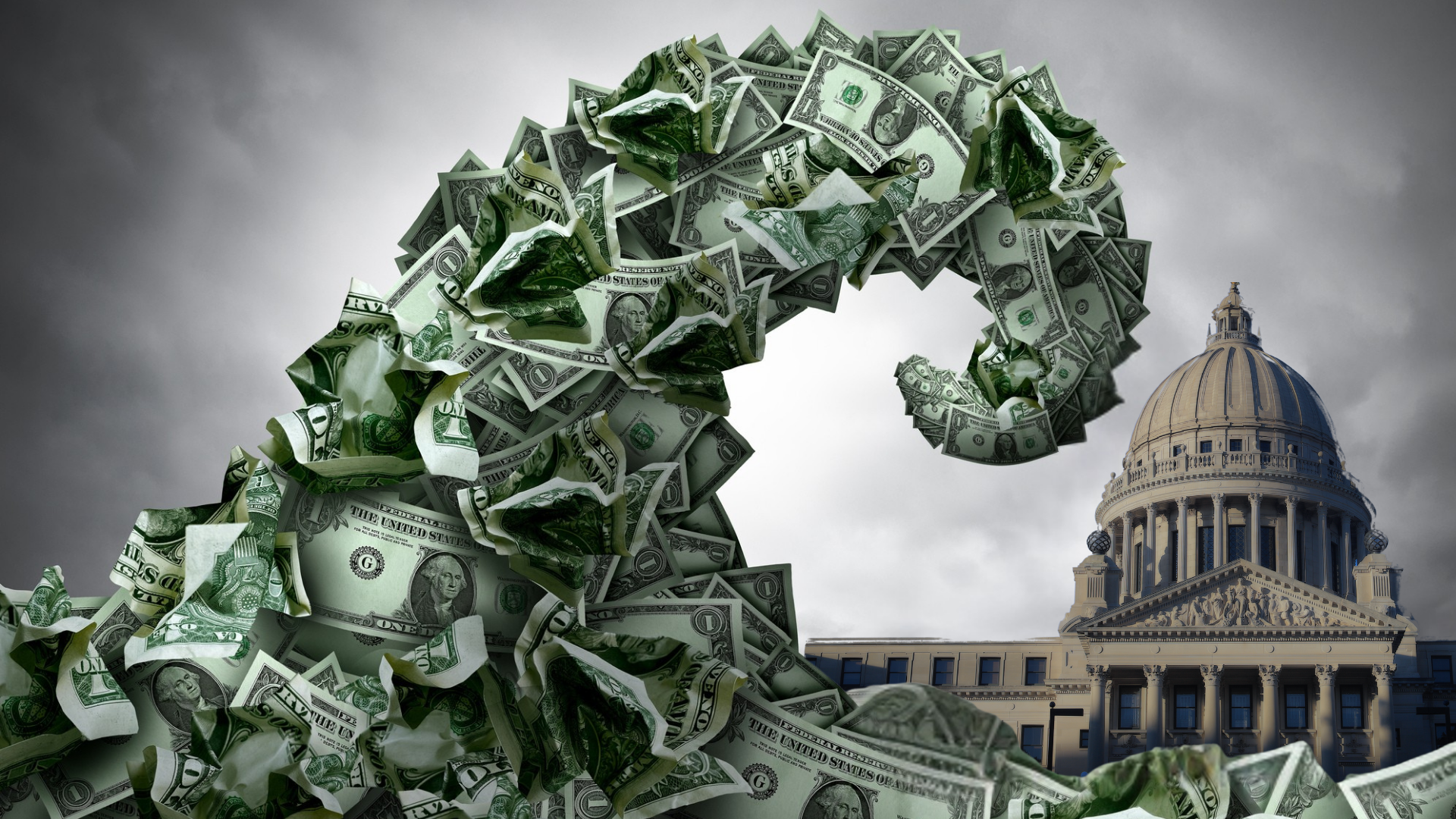What makes a state tax system more progressive and stable, while at the same time provides enough revenue to meet the public needs of a state? This question has been asked in Washington state for decades and many citizens believe part of the answer involves instituting a state income tax. The issue of a Washington state income tax in recent decades has been the focal point of many fact-finding committees.
In 1966 and 1968 then Republican Governor Dan Evans appointed a committee to investigate the state tax system. It recommended imposing a state income tax. A proposal appeared before voters on the 1970 ballot and was defeated by a margin of more than two to one. In 1973 the Governor and state lawmakers tried again. They placed an income tax on the ballot and the voters overwhelmingly rejected it by nearly three to one.
In 1982, Governor John Spellman appointed a new committee. Part of the committee’s recommendation to lawmakers included an income tax proposal. There was no action taken by legislators.
In 1988, Governor Booth Gardner appointed another tax review committee. This committee recommended two tax reforms, one of which was an income tax. No bills were proposed in the legislature or referred to voters.
In 2001 the state legislature approved the formation of a further tax review committee, the Washington Tax Structure Study Committee. The Committee, headed by William Gates Sr., was asked to analyze how fair and stable the state’s tax structure is currently. The Committee was also asked to present alternative taxing systems that it believed would be fairer to the entire population.
After a year of work the Committee reported its findings. It felt that Washington’s heavy reliance on retail sales tax put an unfair burden on the lower income citizens of Washington. The Committee’s goal was not to raise more revenue, but to shift the existing tax burden to a more equitable system. The Committee offered several alternatives, many of which included an income tax in one form or another.
In the sections that follow we first provide a brief description of computable general equilibrium models, and then use the model to analyze the effect of introducing one of the Committee’s proposals. Specifically we will look at economic effects of instituting a flat personal income tax rate of 3.8%, reducing the sales tax rate to 3.5% and eliminating the state property tax. We also briefly summarize the economic effects of two of the Committee’s other tax policy recommendations, and conclude with a short assessment of what these proposals would mean for Washington households.
Read the full Policy Note here




